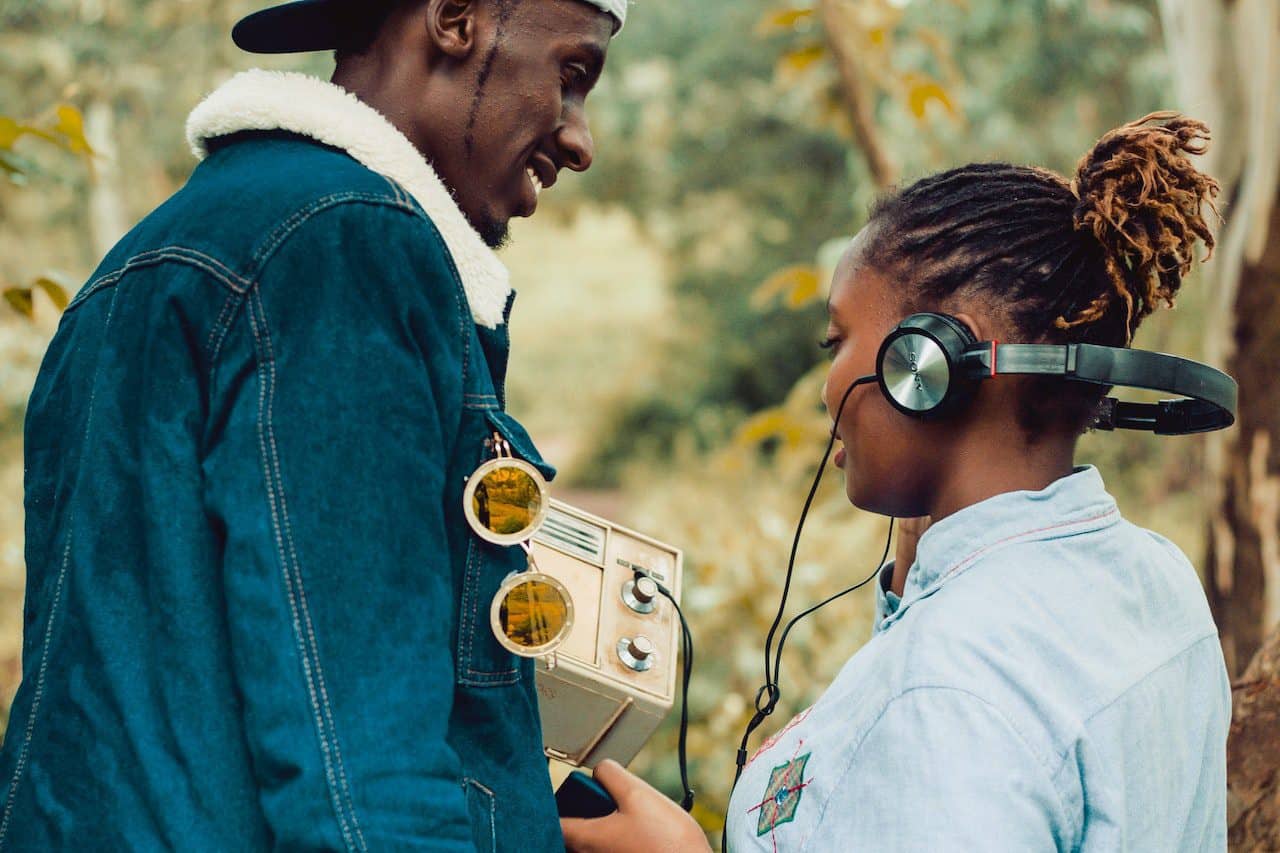In today’s competitive market, it’s essential for lawyers to find creative ways to reach their target audience and generate new clients. While digital marketing and social media advertising are popular choices, radio advertising remains a powerful and effective medium for promoting legal services. A well-crafted radio commercial can help you build your brand, increase awareness, and make a lasting impression on potential clients.
But is it a smart investment for your law firm? Let’s examine the benefits and considerations of radio advertising for lawyers.
The Benefits of Radio Advertising for Lawyers
1. Wide Reach and Audience Targeting
Radio remains an incredibly popular medium, reaching millions of listeners daily. According to Nielsen, over 90% of American adults listen to the radio each week. This means that radio advertising can expose your law firm to a vast audience, increasing brand awareness and driving potential clients to your practice.
Moreover, radio allows you to target specific demographics and market segments. By choosing the right radio stations and time slots, you can ensure your message reaches the right ears. For example, you can target your radio ads towards stations that cater to an older audience if you specialize in estate planning, or focus on stations popular among business owners if you’re a corporate lawyer.
2. Cost-Effective Marketing Solution
Compared to other advertising mediums, radio offers a cost-effective solution for reaching a large audience. Radio advertising rates are generally lower than those for television or print, allowing you to stretch your marketing budget further. Additionally, radio commercial production is considerably less expensive than creating a video or print ad, as it requires minimal equipment and resources.
3. Flexibility and Speed
Radio advertising offers a great deal of flexibility in terms of ad length, content, and scheduling. You can create a variety of ad durations, ranging from 15-second spots to full 60-second commercials, allowing you to tailor your message to your budget and objectives. Additionally, radio commercials can be produced quickly, allowing you to respond to market trends and capitalize on time-sensitive opportunities.
4. Emotional Connection and Persuasion
The power of the human voice cannot be underestimated when it comes to persuasion and emotional connection. A well-written and professionally produced radio commercial can create a sense of urgency, trust, and credibility, which are essential elements in convincing potential clients to choose your law firm over your competitors.
Key Considerations When Investing in Radio Advertising
1. Creating a Compelling Message
The success of your radio advertising campaign relies heavily on the quality of your message. Your commercial should be clear, concise, and engaging, highlighting your unique selling propositions and the benefits of choosing your law firm. It’s essential to invest in professional radio commercial production to ensure your message is delivered effectively and resonates with your target audience.
2. Choosing the Right Radio Stations and Time Slots
As mentioned earlier, targeting the right audience is crucial for the success of your radio advertising campaign. Research the demographics and listener profiles of various radio stations in your market and choose those that align with your target audience. Also, consider the time of day when your potential clients are most likely to be listening to the radio and schedule your ads accordingly.
3. Measuring and Tracking Your Results
Like any marketing investment, it’s essential to measure the effectiveness of your radio advertising campaign. Track the number of leads and conversions generated by your radio commercials and analyze the return on investment (ROI). This information will help you optimize your campaign and make informed decisions about future marketing investments.
Conclusion
Radio advertising can be a smart investment for lawyers looking to expand their client base and build their brand. The wide reach, cost-effectiveness, flexibility, and persuasive power of radio commercials make it an attractive marketing option. However, it’s vital to create a compelling message, target the right audience, and track your results to ensure the success of your radio advertising campaign. By doing so, you can effectively leverage the power of radio to drive growth and achieve your marketing objectives.
If you’re looking for a dependable radio advertising agency for your law firm, then look no further than KillerSpots Inc.! We have helped numerous legal professionals reach their target audience and achieve their marketing goals through the power of radio commercials. Don’t miss out on the opportunity to reach your target audience and grow your law firm. Contact us today to schedule a consultation!



















